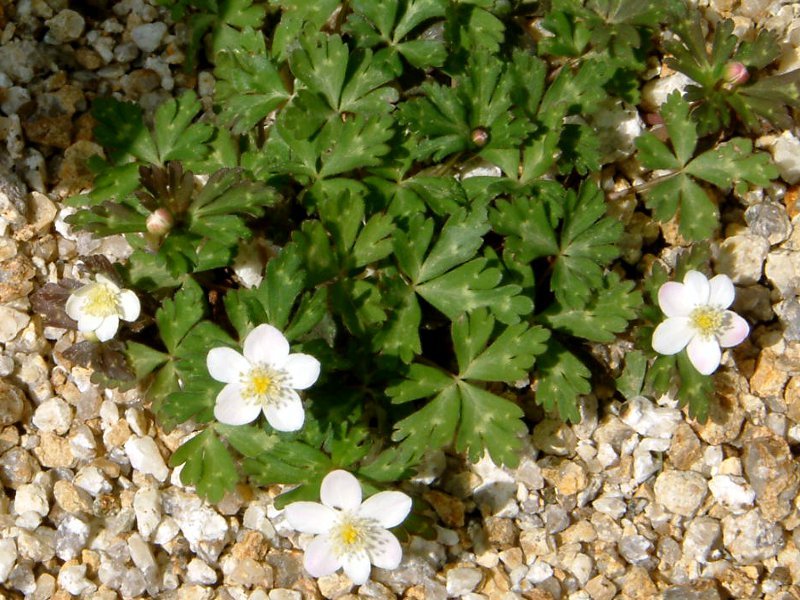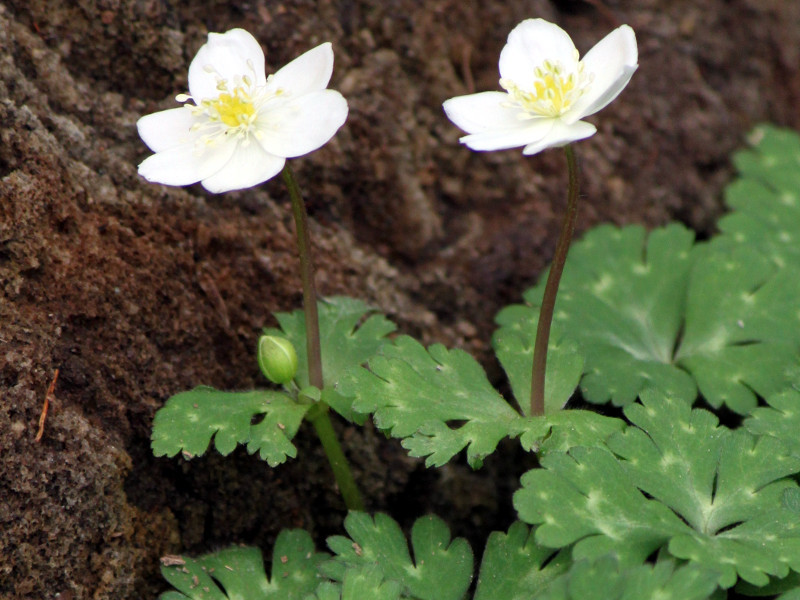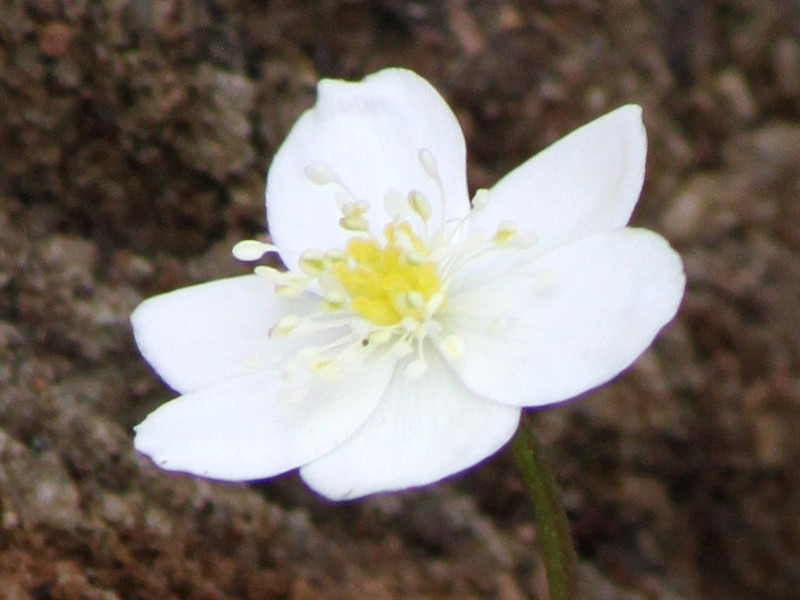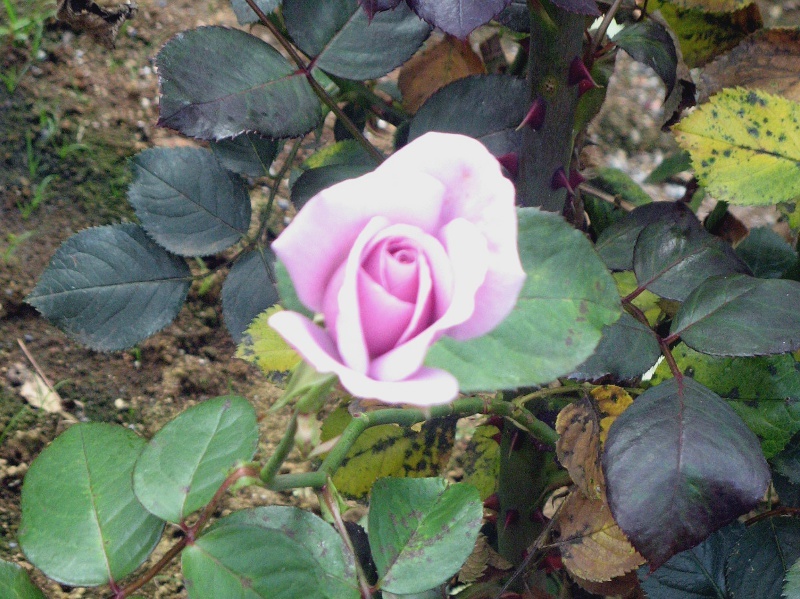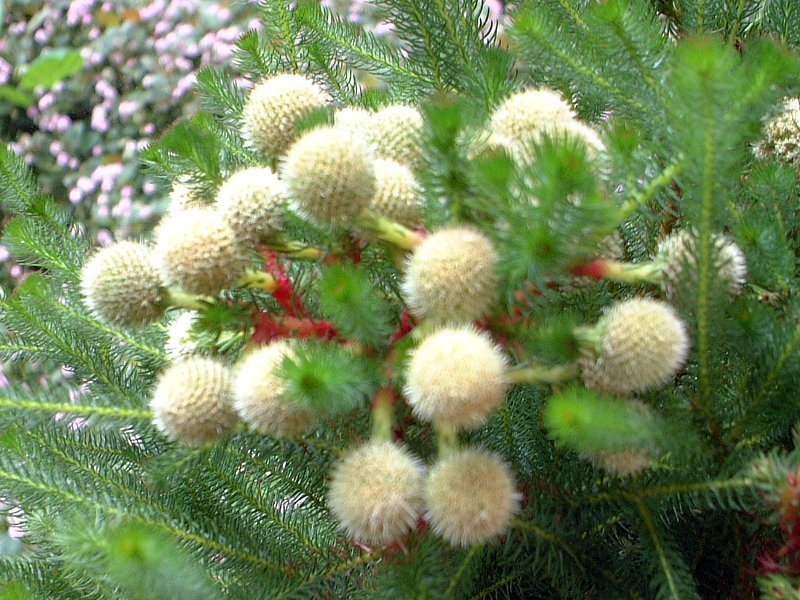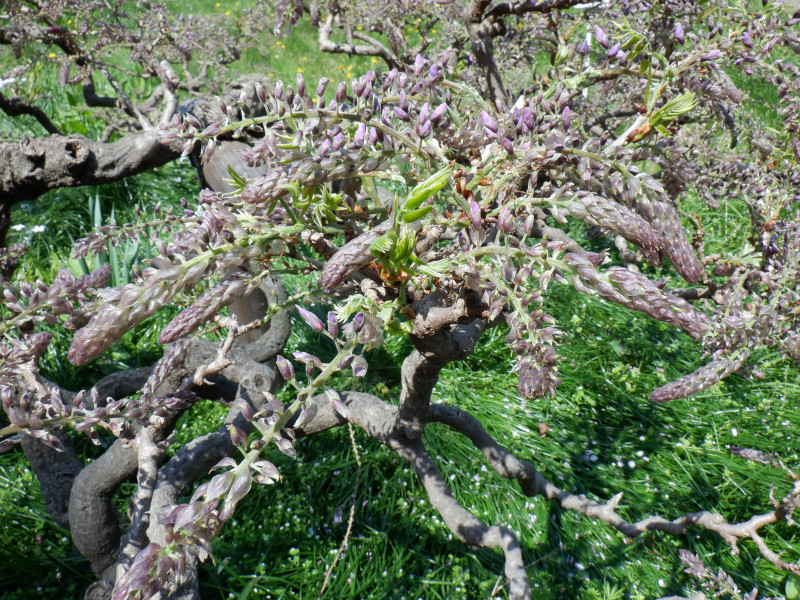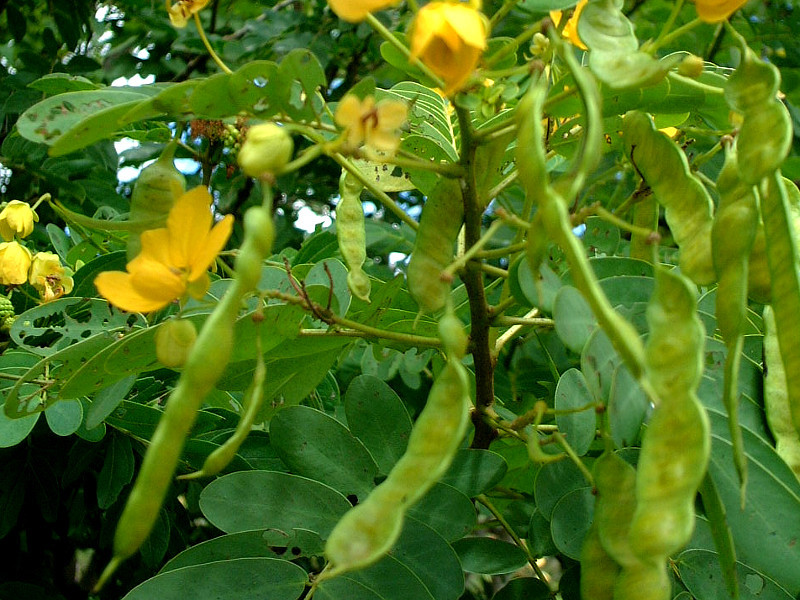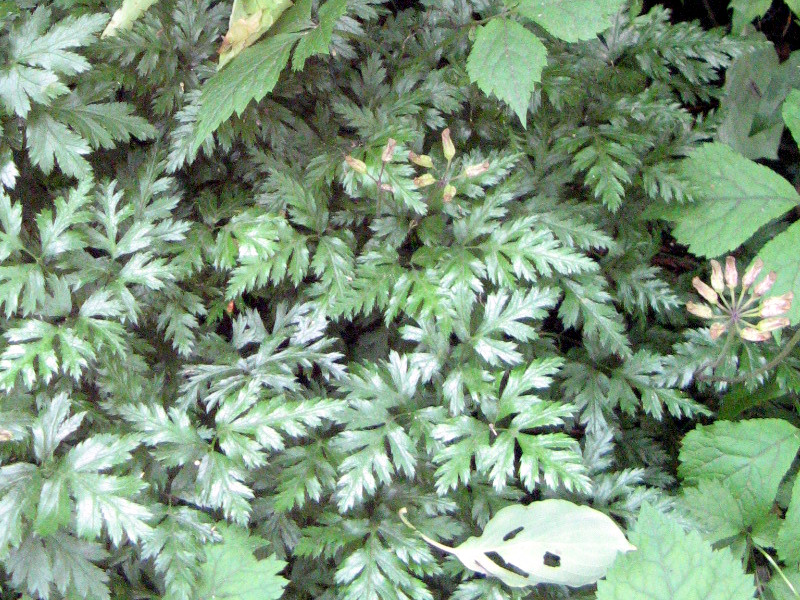Anemone flaccida
- Flower nameAnemone flaccida
- Scientific nameAnemone flaccida
- Aliasガショウソウ, 鵝掌草, Wild flower, 鹅掌草, 二輪草
- Place of originJapan-China
- Place of floweringLow mountains
- Flowering seasonMarch, April, May
What is Anemone flaccida
Anemone flaccida or nirin-sou(scientific name: Anemone flaccida) is a cold-resistant perennial herb (lodging plant) in the family, Ranunculaceae, native to Japan and China. In spring, it forms large colonies on the forest floor and forest margins in low mountains. Ichirin-sou is a monocarpic plant with a single flower coat. The rhizomatous leaves are deeply lobed and the stem leaves have no petioles. One to three stems are produced from the rhizomatous leaves, and two or more flower stalks are produced from each stalk. The name of the flower is derived from the fact that there are two or more flowers on each stem. The whole plant, including the flowers, leaves, and stems, is edible, and can be eaten as a dipping sauce. The rhizome is used in Chinese herbal medicine to treat pains such as rheumatism, etc. There is also the Ichirin-sou (one flower on one stem). Both have similar leaves and flowers, but Ichirinsou's flowers are twice as large as those of Nirin-sou.
Common name: Anemone flaccida, scientific name: Anemone flaccida, alias: nirin-sou, Asteraceae, Wild flower, Chinese name: Asteraceae, Origin: Japan to China, Habitat: large colonies on forest floors and forest margins in low mountains, 15-25 cm in height, stem leaves: 3-lobed, lobes: pinnately lobed, single-petaled, bisexual flowers, petal color: white, flower diameter: 2 cm, stamens: numerous, pistils: multiple, flowering season: March to May, fruit type: liquid fruit, remarks: insect-pollinated.
